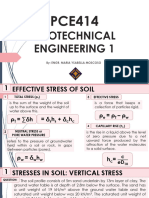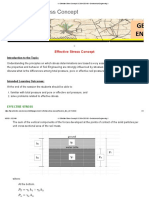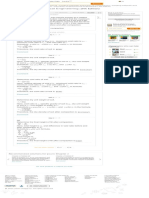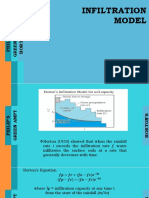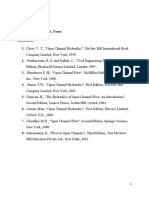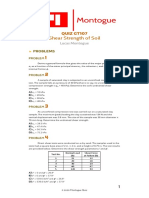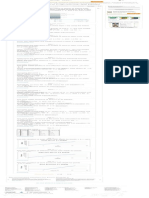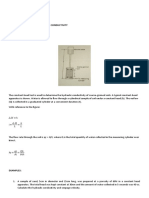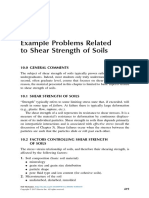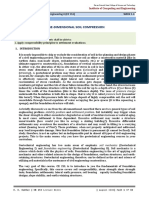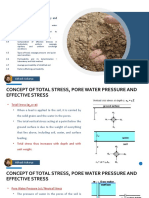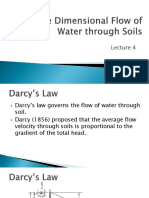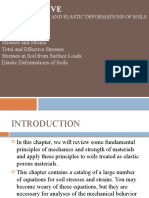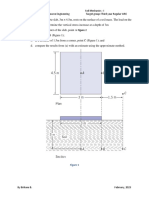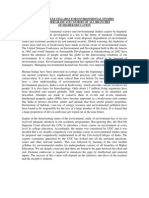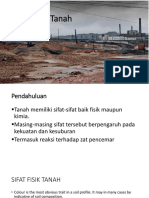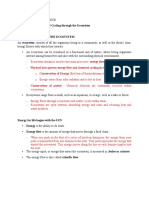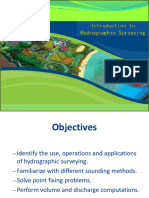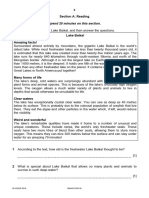100% found this document useful (1 vote)
3K views62 pagesSoil Mechanics: Stress Analysis
The stress intensity factor Ic from the chart for a depth factor of 0.5 and lateral distance factor of 0 is approximately 0.65. Therefore, the vertical stress increase at the center (r=0) and depth z=5m is:
Δσz = qsIc = 100kPa×0.65 = 65kPa
Uploaded by
Mo KopsCopyright
© © All Rights Reserved
We take content rights seriously. If you suspect this is your content, claim it here.
Available Formats
Download as PDF, TXT or read online on Scribd
100% found this document useful (1 vote)
3K views62 pagesSoil Mechanics: Stress Analysis
The stress intensity factor Ic from the chart for a depth factor of 0.5 and lateral distance factor of 0 is approximately 0.65. Therefore, the vertical stress increase at the center (r=0) and depth z=5m is:
Δσz = qsIc = 100kPa×0.65 = 65kPa
Uploaded by
Mo KopsCopyright
© © All Rights Reserved
We take content rights seriously. If you suspect this is your content, claim it here.
Available Formats
Download as PDF, TXT or read online on Scribd
/ 62



